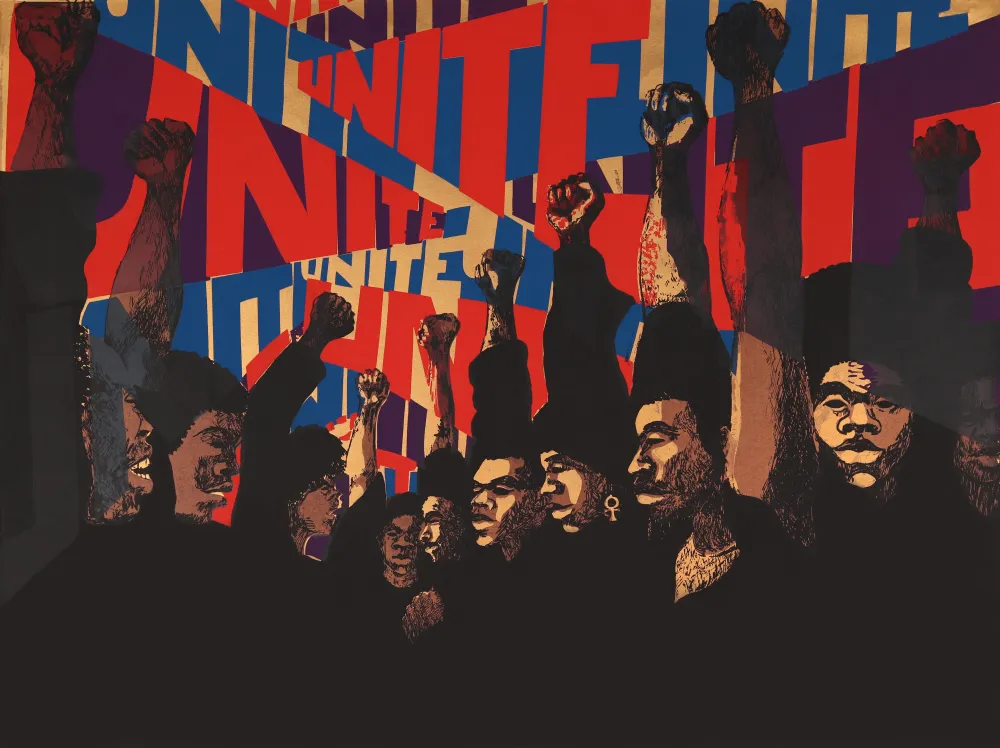
Overview
Soul of a Nation: Art in the Age of Black Power 1963-1983 shines a bright light on the vital contribution of Black artists made over two decades, beginning in 1963 at the height of the civil rights movement. Soul of a Nation explores how social justice movements, as well as stylistic evolutions in visual art (such as Minimalism and abstraction), were powerfully expressed in the work of artists including Romare Bearden, Barkley Hendricks, Noah Purifoy, Martin Puryear, Faith Ringgold, Betye Saar, Alma Thomas, Charles White, and William T. Williams. Los Angeles-based artists appear throughout Soul of a Nation, and more deeply in three specific galleries, foregrounding the significant role of Los Angeles in the art and history of the civil rights movement and the subsequent activist era, and the critical influence and sustained originality of the city’s artists, many of whom have lacked wider recognition.
Featuring the work of more than 60 influential artists and including vibrant paintings, powerful sculptures, street photography, murals, and more, this landmark exhibition is a rare opportunity to see era-defining artworks that changed the face of art in America.
FREE SOUL OF A NATION ACCESS OPPORTUNITIES
- July & August – All day every Thursday: Receive free walk-up access to Soul of a Nation every Thursday until August 29. Last entry is at 7 p.m. Join The Broad's free gallery talks on Thursdays that offer unique perspectives on the art, artists, and era of Soul of a Nation from some of the gallerists and cultural leaders who were working during the 1960s through the early 1980s, community activists organizing today in South Los Angeles, and emerging artists who have been influenced by the artists featured in Soul of a Nation. The series was co-curated in part by The Southern California Library. For more information, visit our Events page.
- Family Weekend Workshops: Families attending these free workshops on May 4-5 and June 8-9 will receive free access to Soul of a Nation with their Family Weekend Workshop wristbands. At the workshops, families will have the opportunity to make their own souvenirs to take home, inspired by works in the Broad collection and in Soul of a Nation. Reserve free advance tickets for your family to guarantee entrance into the event. Walk-up entries available on a first-come, first-served basis. Family Weekend Workshops are for families with children ages 3 and up.
- Free school visits: Students in grades 6-12 can visit Soul of a Nation for free through The Broad's Art+Story and Art+Rhyme programs, which helps children explore art through creative writing and poetry. For information on how to bring school groups to The Broad, or how to bring your youth group to The Broad during the summer, please check the School Visits page.
Image Credit: Barbara Jones-Hogu, Unite, 1971. Screenprint. © Barbara Jones-Hogu
Timeline
A Select Timeline for the Age of Black Power
On view on the first floor, Soul of a Nation: Art in the Age of Black Power celebrates the dynamic contributions of Black artists during a pivotal period in American history from 1963 to 1983. The civil rights movement made crucial progress toward equality by 1963. Yet racist violence persisted, and people began to question the movement’s pacifist strategy. Some leaders spoke of a separate, autonomous Black Nation, while struggles for freedom peaked worldwide. A vital demand developed in response to ongoing injustices and inequities, informed by a groundswell of pride in cultural heritage: a call for Black Power.
During this turbulent era, artists engaged in robust debates on the role of art. Many discussed what it meant to be a Black artist in the era of civil rights and its aftermath, but some rejected definitions altogether. While championing strong communities and rigorous artistic dialogues, the artists in Soul of a Nation were profoundly aware of these political visions and different senses of self, and each took an aesthetic position in relation to them.
Related Exhibition
Time is Running Out of Time: Experimental Film and Video from the L.A. Rebellion and Today
On view now until September 14, 2019 at Art + Practice, 3401 W. 43rd Place, Los Angeles, CA 90008
Time is Running Out of Time: Experimental Film and Video from the L.A. Rebellion and Today presents early short works of Black filmmakers and video artists in Los Angeles. Central to the exhibition is a selection from the pioneering student work of the L.A. Rebellion. In the aftermath of the 1965 Watts Uprising, a group of Black diasporic students entered the UCLA School of Theater, Film and Television as part of the University’s Ethno-Communications Initiative. These students collectively became known as the Los Angeles School of Filmmakers or the L.A. Rebellion. From the late-1960s to the early-1980s, they produced experimental, documentary, and narrative film and video work. The L.A. Rebellion student films display burgeoning diasporic consciousness, strong characterizations of women, and formal experimentation.
In dialogue with these films are works from following generations of filmmakers and artists in Los Angeles. Unlike the L.A. Rebellion, these younger filmmakers do not share a common educational background. Nor yet do they benefit from critical distance and its attendant historical interpretation. As individuals, they share qualities and concerns—both aesthetic and political—with the L.A. Rebellion. Across generations, themes include the robust representation of communities, families, and lineages and the complexities of identities informed by social and political realities.
Time is Running Out of Time takes its title from Haile Gerima’s Hour Glass (1971). The phrase, from a song by The Last Poets, plays as a subconscious plea during the protagonist’s political awakening. Abiodun Oyewole’s forceful intonation underscores the urgent sociopolitical circumstances of the era as he recites, “Time is running, running running…TIME’S DONE RUN OUT!” Today, the phrase is a reminder of the continued imperative to support both the work of L.A. Rebellion filmmakers and the efforts of subsequent artists taking on important contemporary issues—issues that echo this recent past.
Filmmakers and artists in the exhibition include Sophia Nahli Allison, S. Torriano Berry, Chris Bordenave, Ben Caldwell, Renata Cherlise, Jacqueline Frazier, Haile Gerima, Russell Hamilton, Ijoema Iloputaife, Alile Sharon Larkin, Alima Lee, Barbara McCullough, Bernard Nicolas, Philana Payton, Cauleen Smith, Martine Syms, dana washington, and Mandy Harris Williams.
Time is Running Out of Time is on view February 2 to September 14, 2019 and is presented in conjunction with Soul of a Nation: Art in the Age of Black Power 1963-1983.
Highlighted Artwork
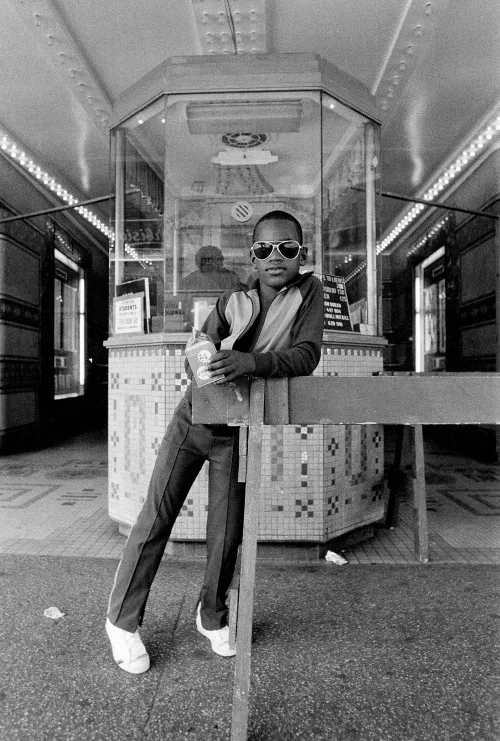
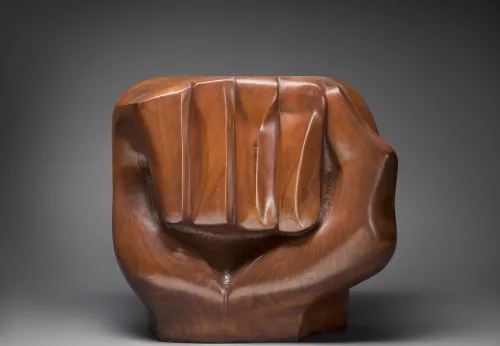
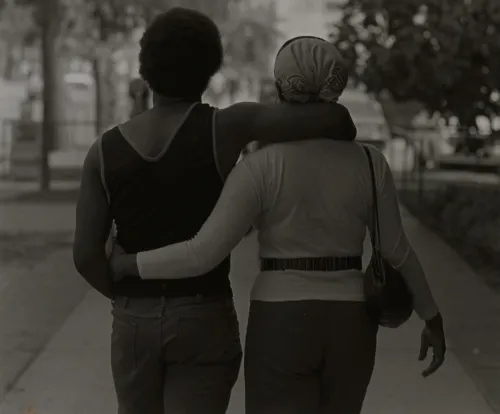
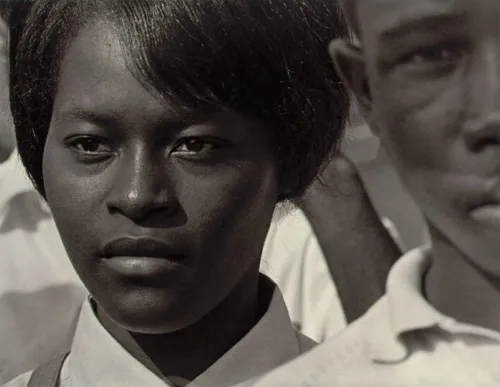
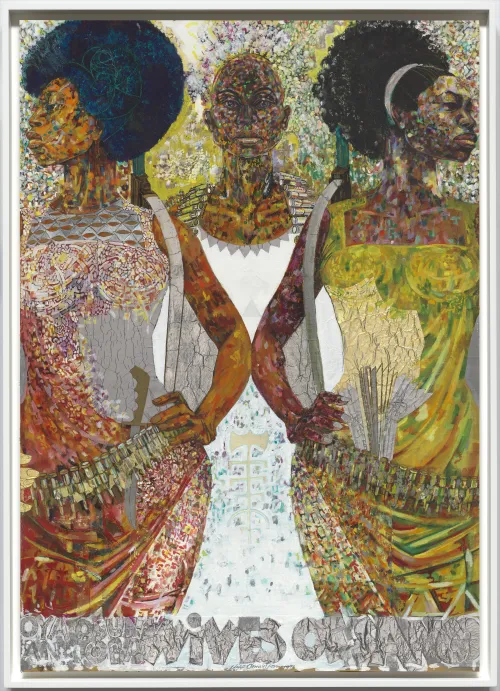
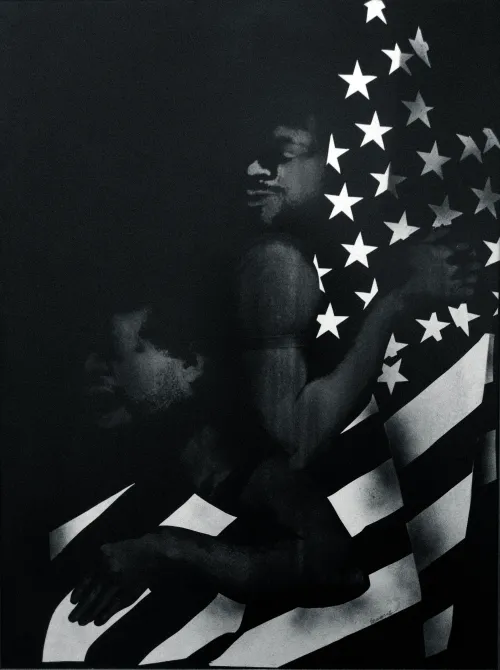
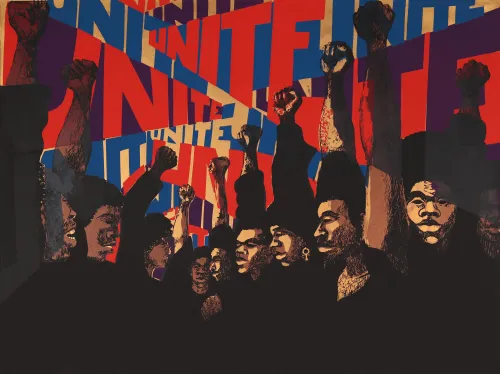
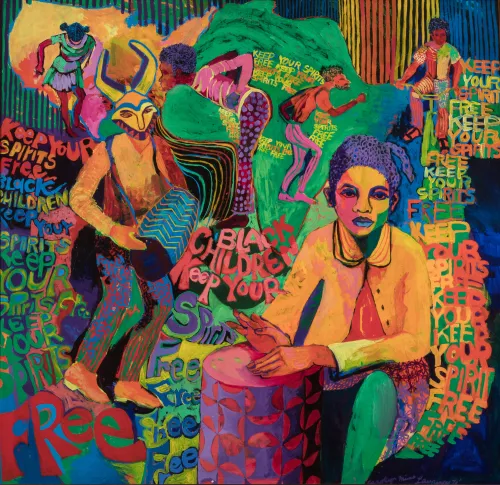
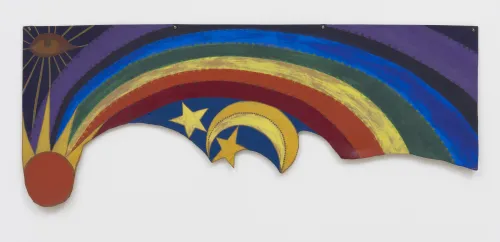
Playlist
It's an absolute honor to have been asked to curate a playlist in connection with Soul of a Nation: Art in the Age of Black Power, “which shines a light on the art created by African Americans during a revolutionary two decades in American history, beginning at the height of the civil rights movement.” You've got to know where you come from, in order to get where you want to go, and without that knowledge, we are in danger of repeating history: and I don't mean the good parts. I hope you enjoy these incredibly rich and beautiful creations by some of the artists who paved the way!—Quincy Jones
Music has always been a driving vehicle of change in the struggle for equality since the early civil rights and Black Power movements of the ‘60s and ‘70’s. It provided inspiration to the visual artists in Soul of a Nation: Art in the Age of Black Power 1963-1983. In celebration of this landmark exhibition, The Broad asked the legendary Quincy Jones to curate a playlist that gives voice to the struggle for equality and the passion, anger, and hope for a new America.
press
Please visit our Press page for press releases and to register for a newsroom account to access high res images of the exhibition and the museum.
find out more